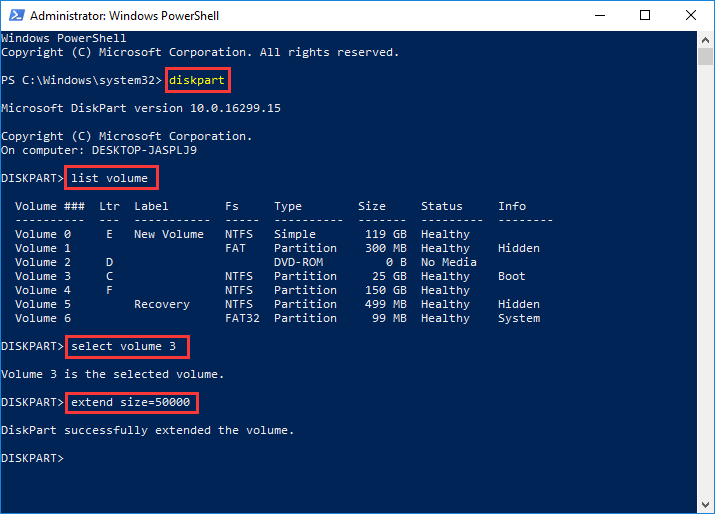

The limit for a 64-bit build of R (imposed by the OS) is 8Tb. Under most 64-bit versions of Windows the limit for a 32-bit build of R is 4Gb: for the oldest ones it is 2Gb. The address-space limit is 2Gb under 32-bit Windows unless the OS's default has been changed to allow more (up to 3Gb). (There are other options to set the RAM in use, but they are not generally honoured.) To limit a process to 10 minutes of CPU time and (around) 4Gb of virtual memory.

#ALLOT MORE DISK SPACE TO MEMORY HOW TO#
See the OS/shell's help on commands such as limit or ulimit for how to impose limitations on the resources available to a single process. Running 32-bit executables on a 64-bit OS will have similar limits: 64-bit executables will have an essentially infinite system-specific limit (e.g., 128Tb for Linux on x86_64 cpus). The address-space limit is system-specific: 32-bit OSes imposes a limit of no more than 4Gb: it is often 3Gb. The number of bytes in a character string is limited to 2^31 - 1Ģ*10^9, which is also the limit on each dimension of an array. The storage space cannot exceed the address limit, and if you try to exceed that limit, the error message begins cannot allocate vector of length. There are also limits on individual objects.
#ALLOT MORE DISK SPACE TO MEMORY FREE#
Note that on a 32-bit build there may well be enough free memory available, but not a large enough contiguous block of address space into which to map it. The environment may impose limitations on the resources available to a single process: Windows' versions of R do so directly.Įrror messages beginning cannot allocate vector of size indicate a failure to obtain memory, either because the size exceeded the address-space limit for a process or, more likely, because the system was unable to provide the memory. This is system-specific, and can depend on the executable.

There is a limit on the (user) address space of a single process such as the R executable. There may be limits on the size of the heap and the number of cons cells allowed â see Memory â but these are usually not imposed. R holds all objects in virtual memory, and there are limits based on the amount of memory that can be used by all objects: The memory limits depends mainly on the build, but for a 32-bit build of R on Windows they also depend on the underlying OS version. Ĭurrently R runs on 32- and 64-bit operating systems, and most 64-bit OSes (including Linux, Solaris, Windows and macOS) can run either 32- or 64-bit builds of R. This help file documents the current design limitations on large objects: these differ between 32-bit and 64-bit builds of R. R holds objects it is using in virtual memory.


 0 kommentar(er)
0 kommentar(er)
